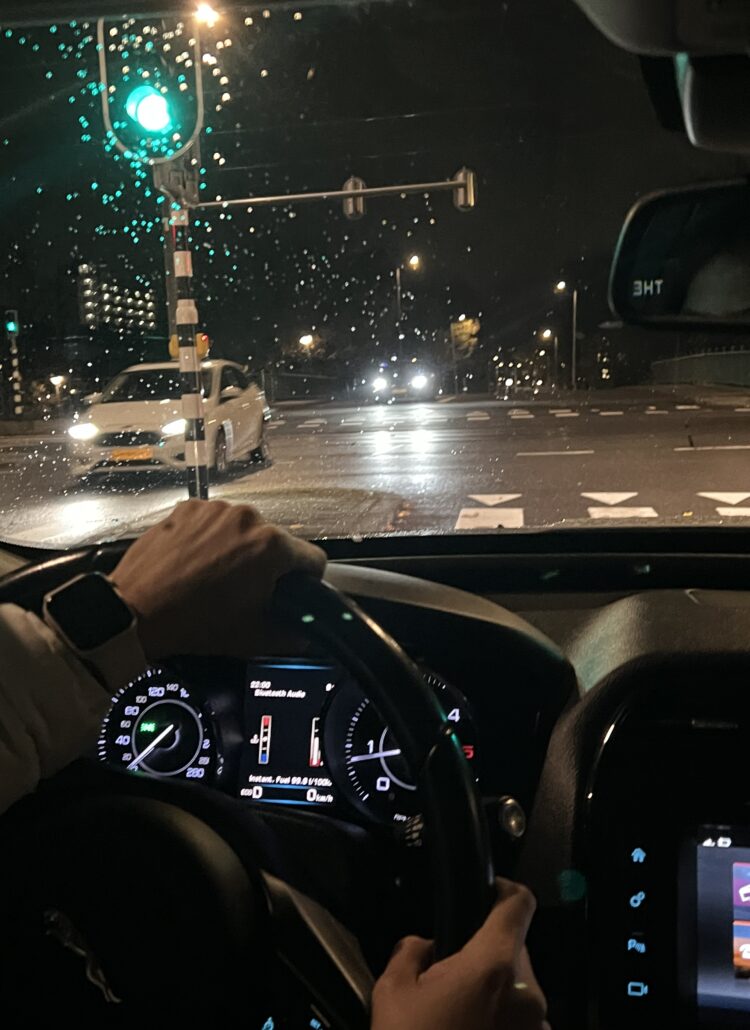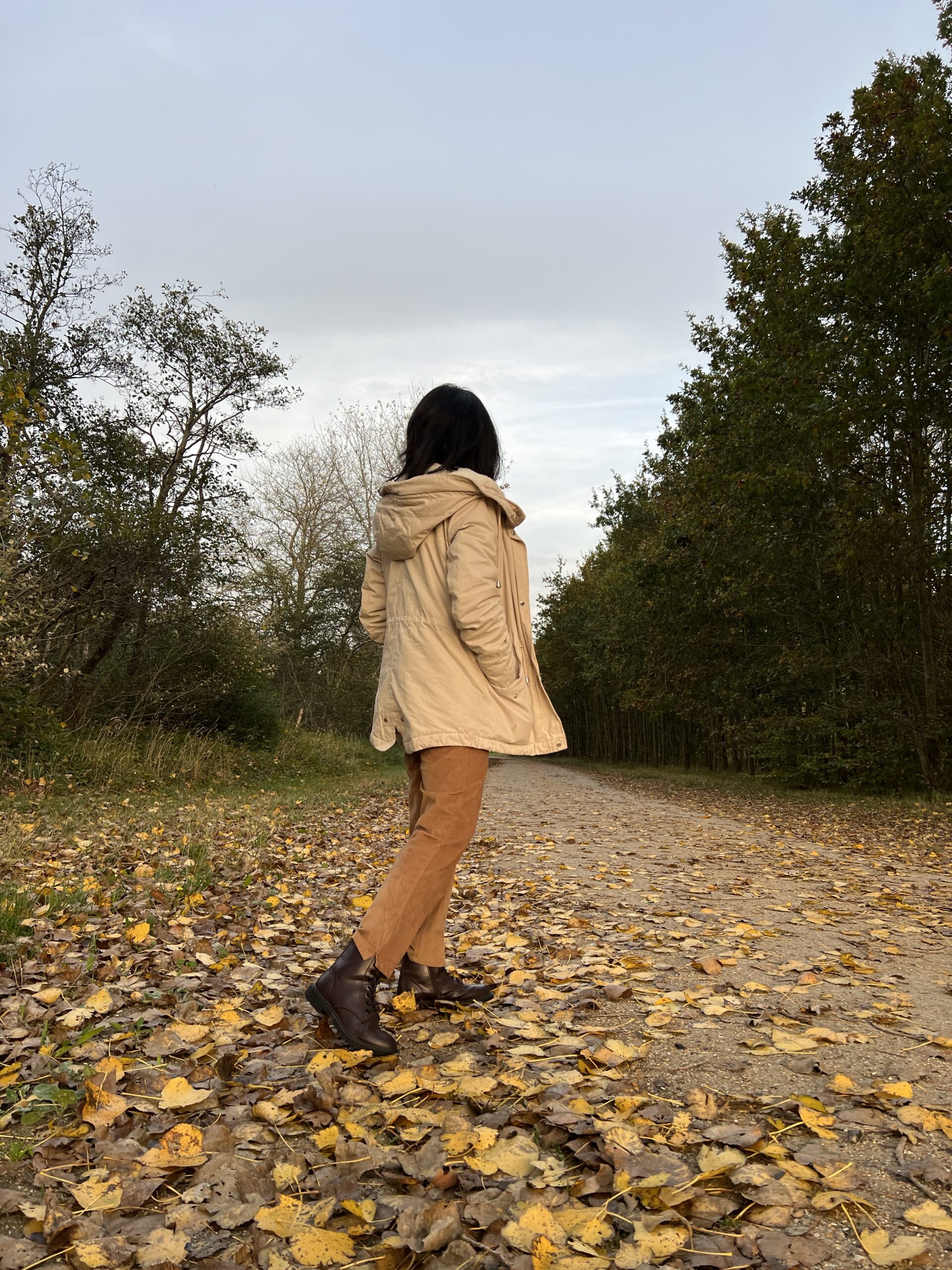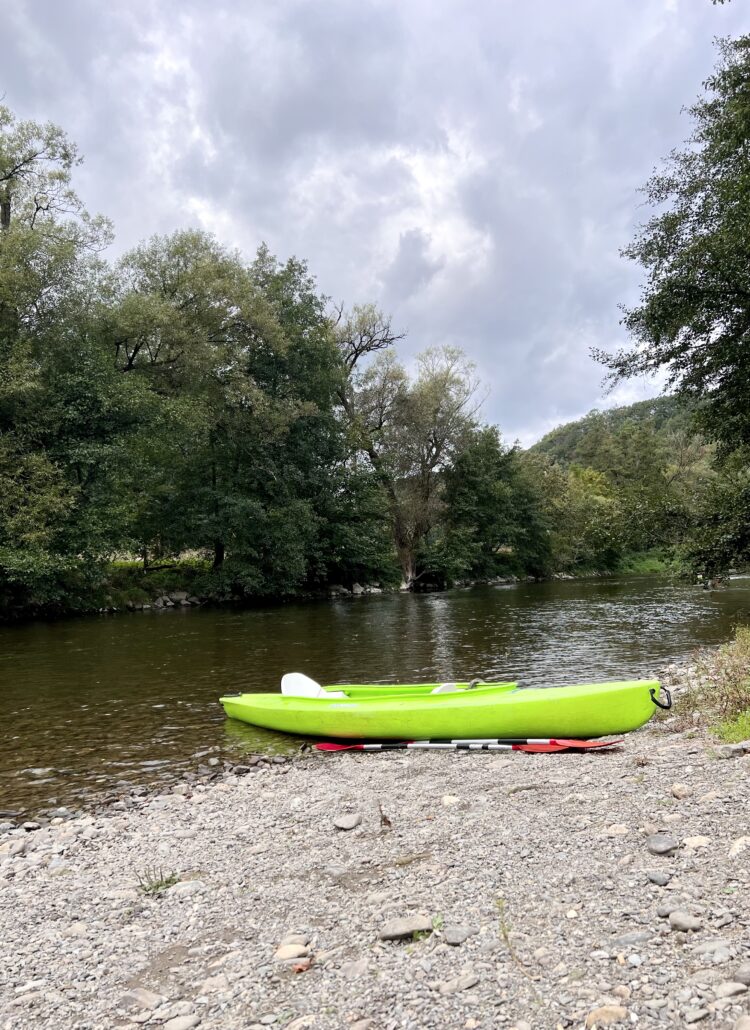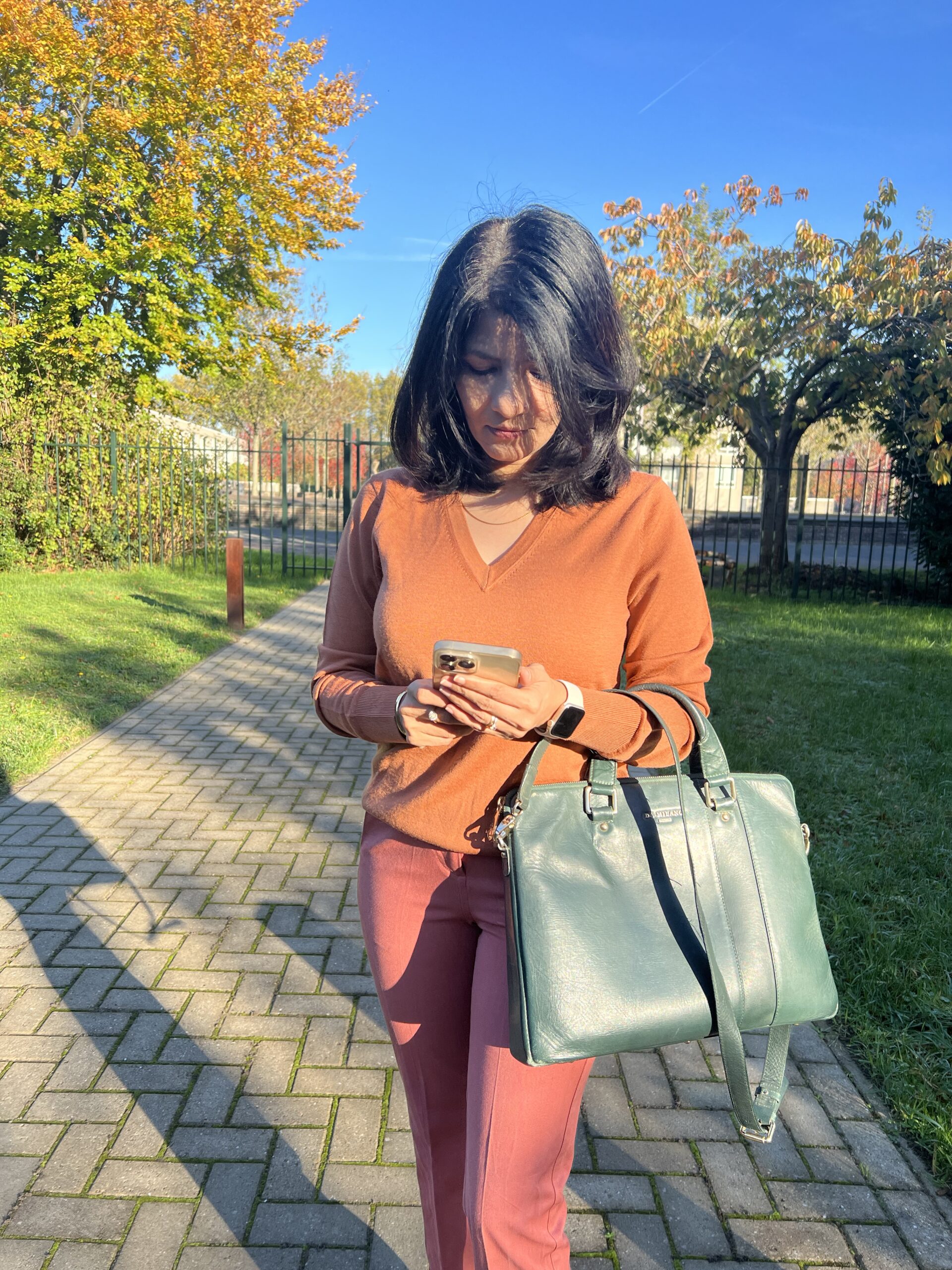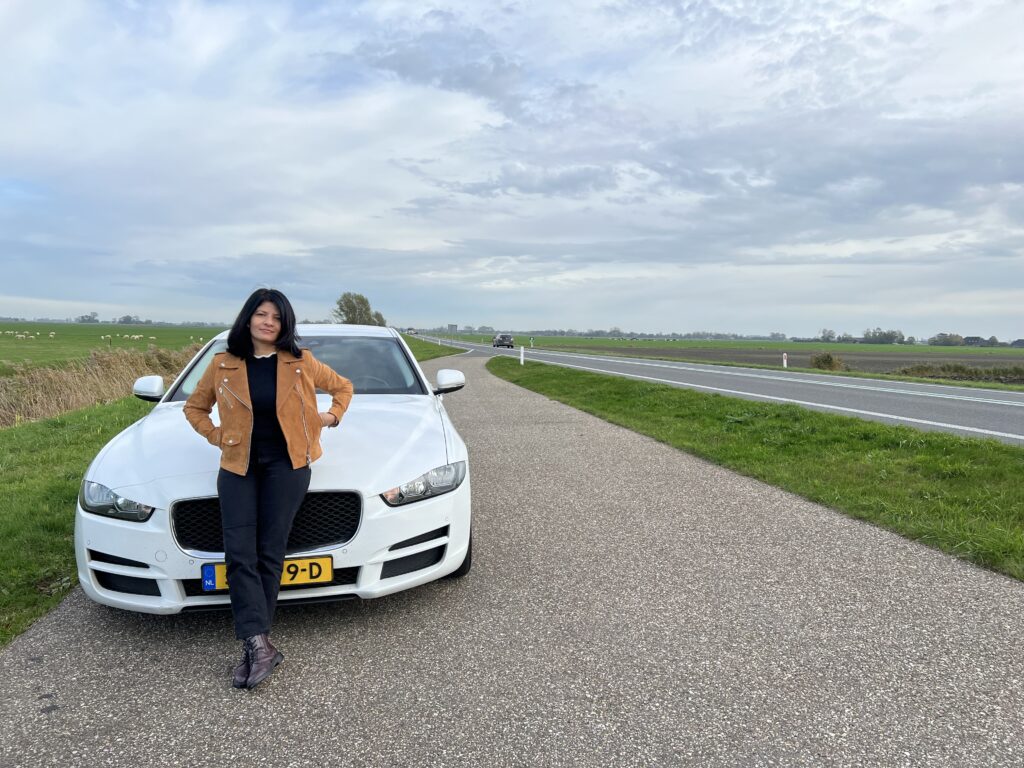
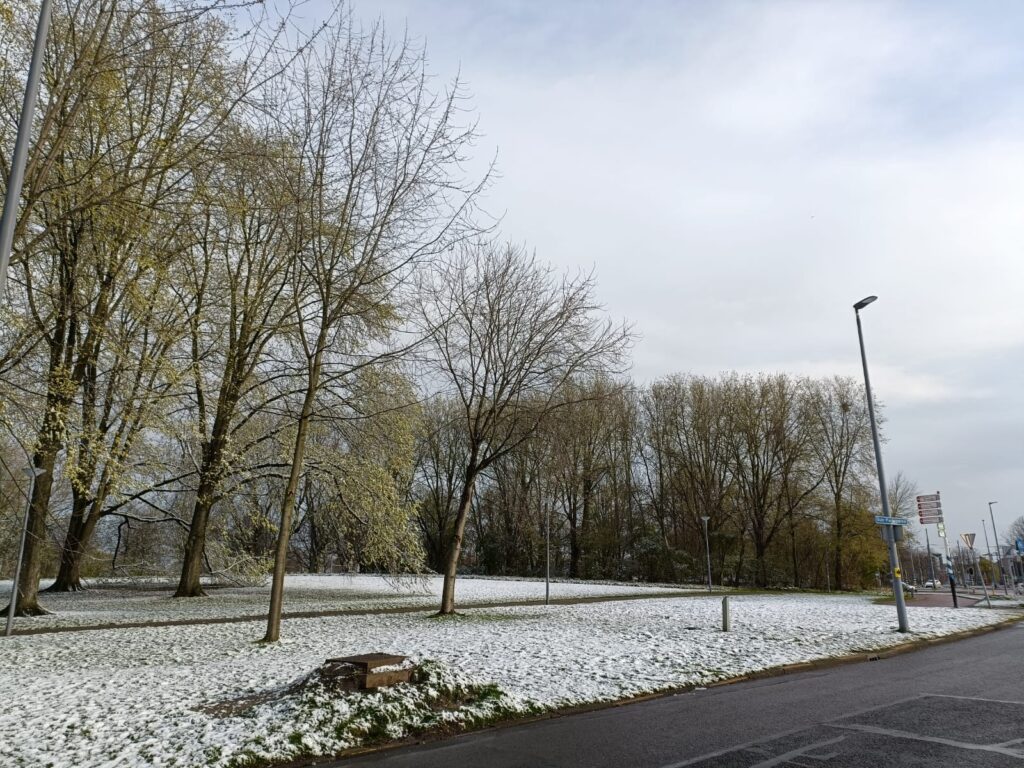
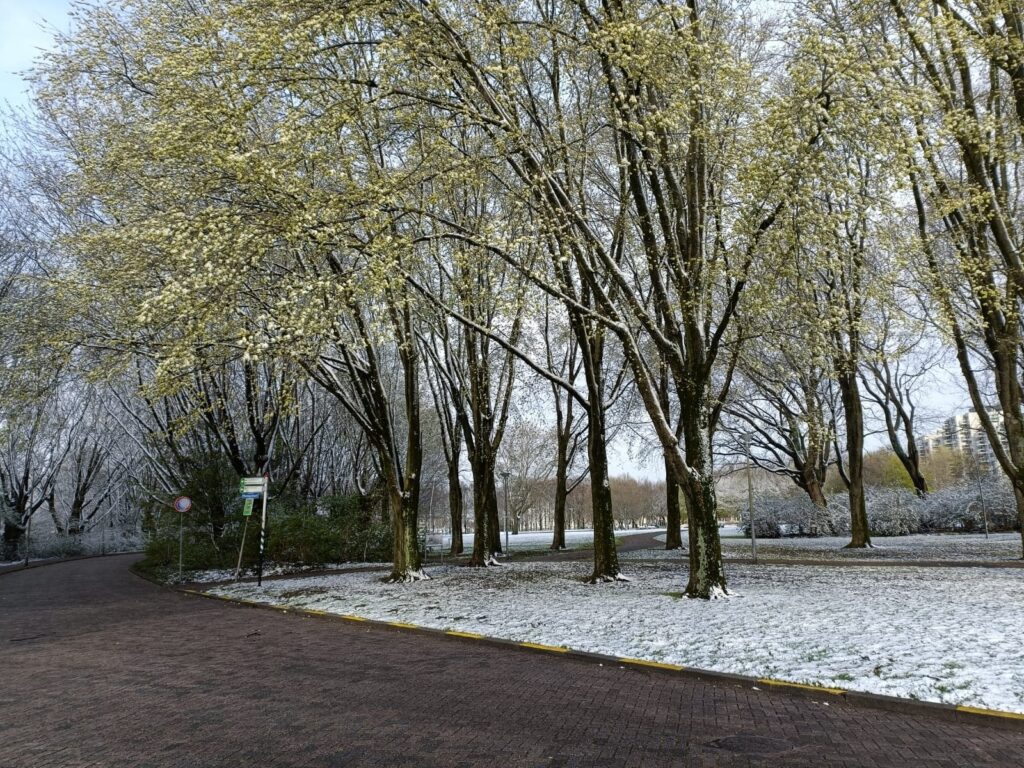
When you move to a new country or just visiting you might want to drive around to a few places. Even though, public transport system in the Netherlands is one of the best in the world and bikes are another wonderful option to get around. You might still need a car to commute, especially if you need to travel long distance on a regular basis. Being aware of the driving dos and don’ts, traffic regulations and best practices is a must if you plan to drive here. I moved to the Netherlands a few months ago and wanted to drive for multiple reasons. Most important being, to experience driving in a different country. Here are the things I learned that you must know if you plan to drive here –
1. Driver’s licence
If you have a valid EU driver’s licence, you are allowed to drive in the Netherlands with the same licence. If you are visiting from any other country though, it’s better to bring the international driver’s permit as well. One can drive with an international driver’s permit for a period of 6 months. You must carry your drivers’ license, car registration and insurance at all times while driving in the Netherlands.
2. Left hand drive
The Dutch follow the left hand drive and drive on the right side of the road. I was a bit nervous about this coming from India, however I got used to it in no time. So far in my experience it’s a lot safer to drive in the Netherlands. So this is a nice and safe introduction to right side driving as compared to other countries. People generally seem to follow rules and speed limit and I haven’t come across any road rage incident apart from a couple of honks. Most of the roads have signs guiding you to be on the right side and if you follow google maps (I say this is a must) you won’t have to think about it.
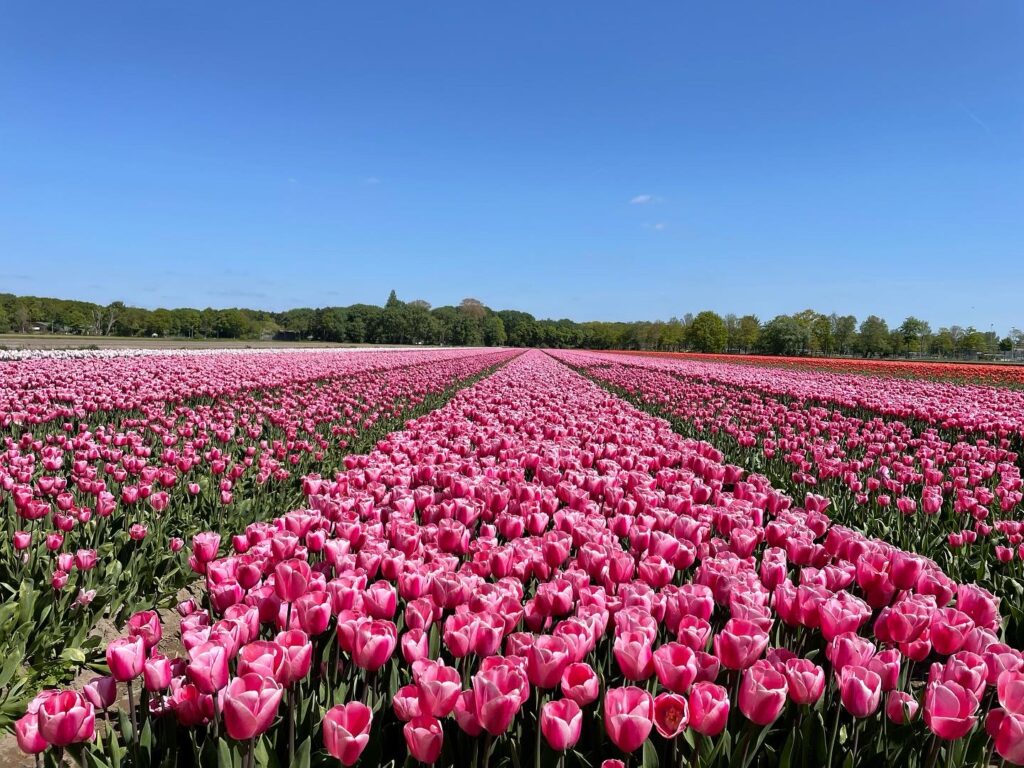

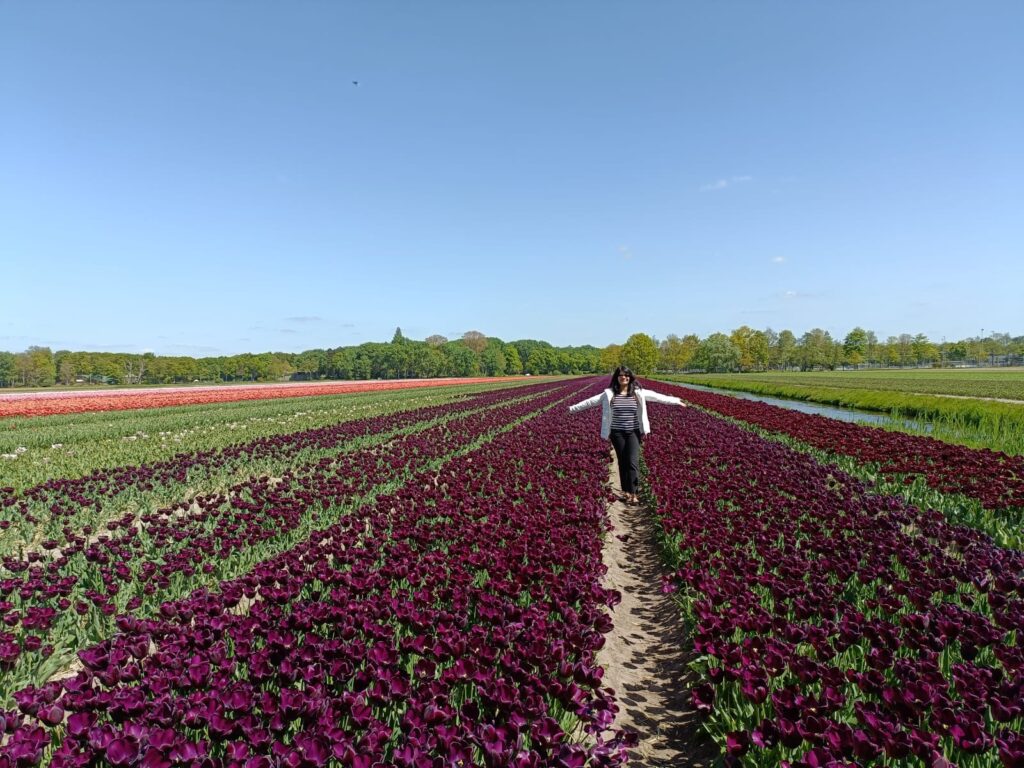
3. Basic traffic rules and guildelines
Traffic regulations and guidelines are pretty straightforward. One thing that’s different from other countries is that the cyclist have priority even over pedestrians. While driving a car or a motorcycle, you need to be mindful of the cyclists. For the most part they have their own dedicated lanes so it doesn’t interfere with your driving, however inside city areas and towns there may be overlap and you need to be careful at junctions and roundabouts.
4. Speed limit
Since 2019, the speed limit in the Netherlands motorways (highways in India) is 100 km/h until 7:00 p.m. and 120/ 130 after 7:00 p.m. until 6:00 a.m. I have had the most fun joining a motorway from a slip road. The Dutch have taken the guess work out of it and it soon becomes completely effortless.
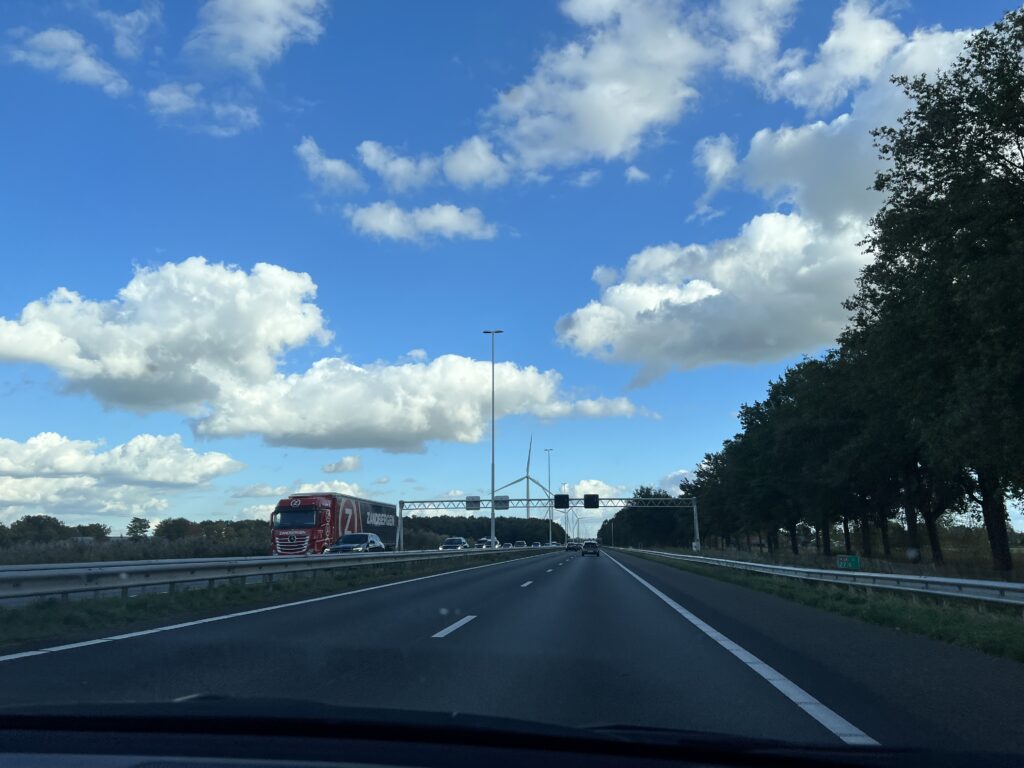
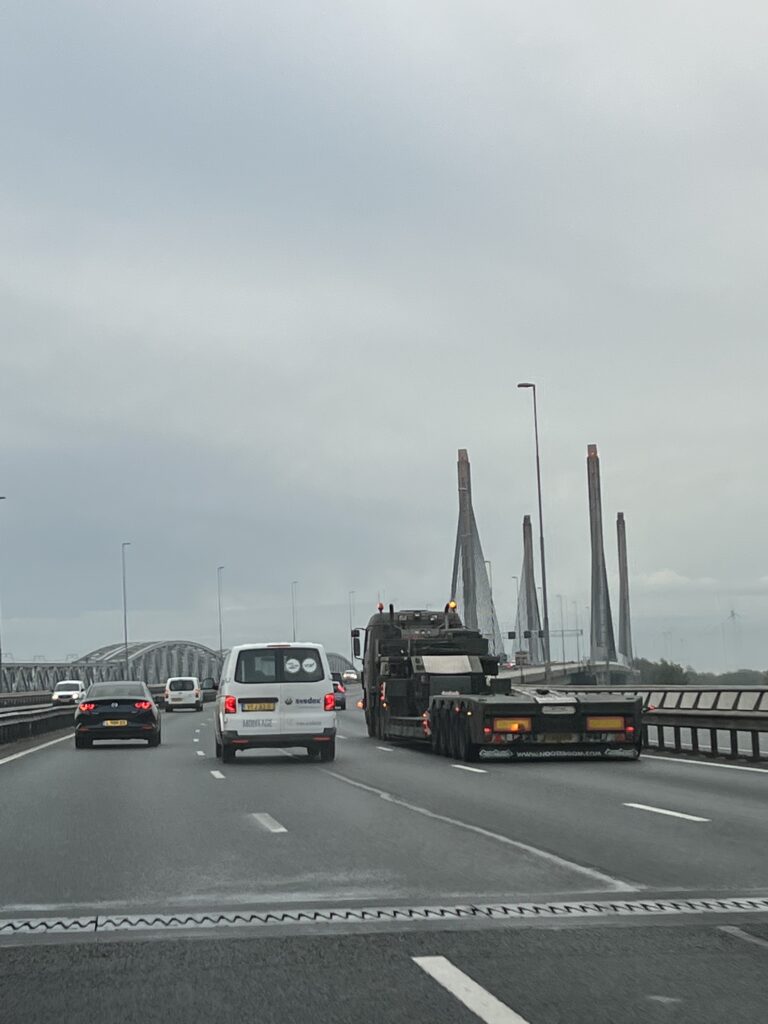
You’ll see both the road signs and electronic signs for the speed limit as it may vary depending on an incident or traffic. Driving in the Netherlands is easy if you make sure to follow the traffic rules and stay under the limit as there even though you don’t see traffic police at regular intervals, there are speed cameras and the fines are quite hefty and you might lose your license depending on the offence. You can find the detailed traffic rules here. The updated version is always available on the government site in dutch.
5. Roundabouts
Roundabouts are a great way the Dutch have managed to steer traffic. They are usually pretty straightforward like in any other country as long as you remain in your lane. There are turbo roundabouts, where there’s a raised separation in between lanes to completely discourage drivers to switch lanes once they are in the round about. Hence, it’s advisable to be aware of the direction you are planning to go and the exact lane you should be in for the exit you need to take. Otherwise you might need to take another round to exit.
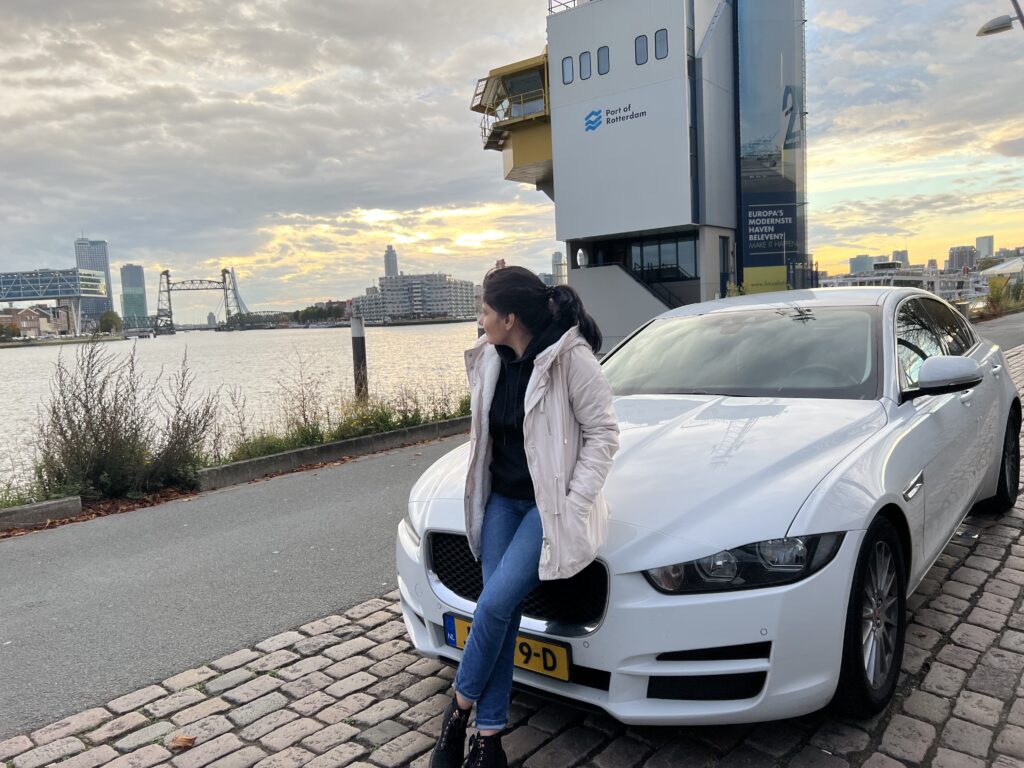
6. Priority
Traffic from the right side has priority. At junctions without traffic lights, bicycle riders have priority over four wheelers. You will encounter triangle drawn on the roads that means, drivers on the road on your right have the priority. You can refer to the Netherlands traffic signs in detail.
7. Car essentials
It’s wise to have the car essentials just in case it breaks down or you have to make an emergency stop. These are the recommended essentials. I had to make an emergency stop on the highway due to car trouble and these came in handy.
- High visibility vest for the driver and all passengers – This is a must if you have to stop and there’s not adequate light on the road
- Warning triangle
- First aid kit
- Boots – A comfortable pair of boots is a must if you have to stand outside in adverse weather or need to walk some distance.
- A jacket as it might be cold and raining
- Sunglasses – The sun gets pretty low during certain times of the day and it’s impossible to see without sunglasses
- Torch – Incase it’s dark and no road lights.
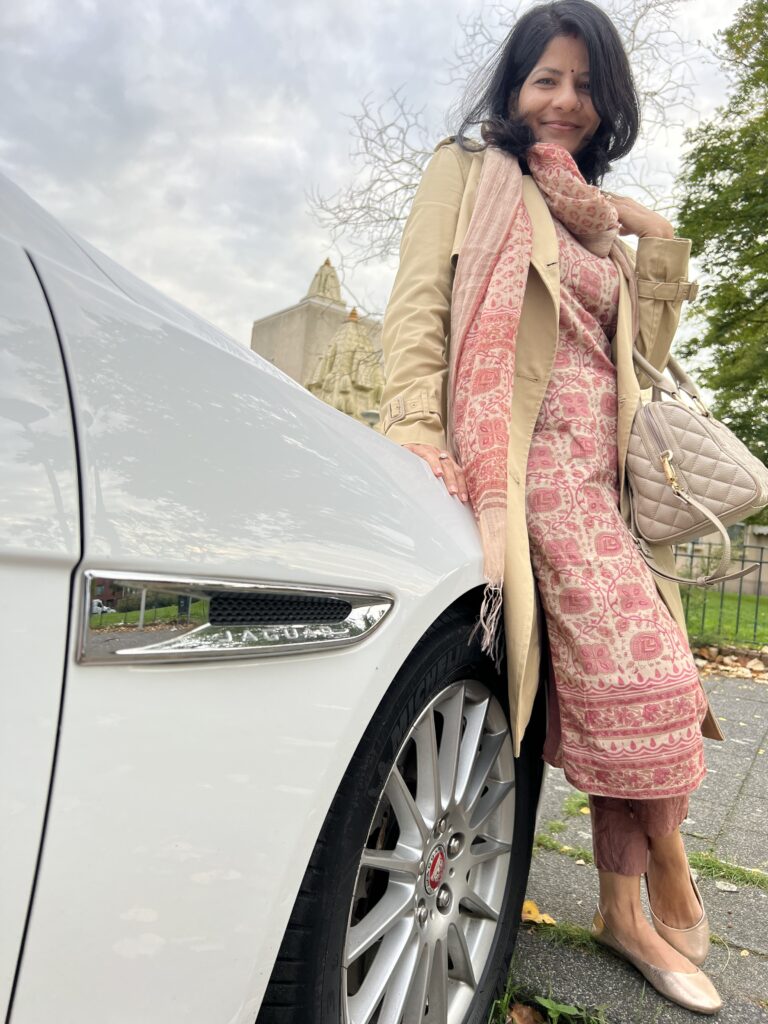
8. Parking
Parking is more easily available in suburbs than in the cities. You can still find parking spots and get a parking receipt after parking and pay when you pick up the car again. There are basement parking, multi-storey car parks as well as roadside parking options available. If you plan to go to Amsterdam, then it’s best to park the car in suburbs or in a carpark close to public transport. Driving in Amsterdam could be challenging with more than regular crowd of pedestrians and cyclists and smaller roads. I find it best to park at P+R (Exact address) and take the tram from there anytime I visit Amsterdam.
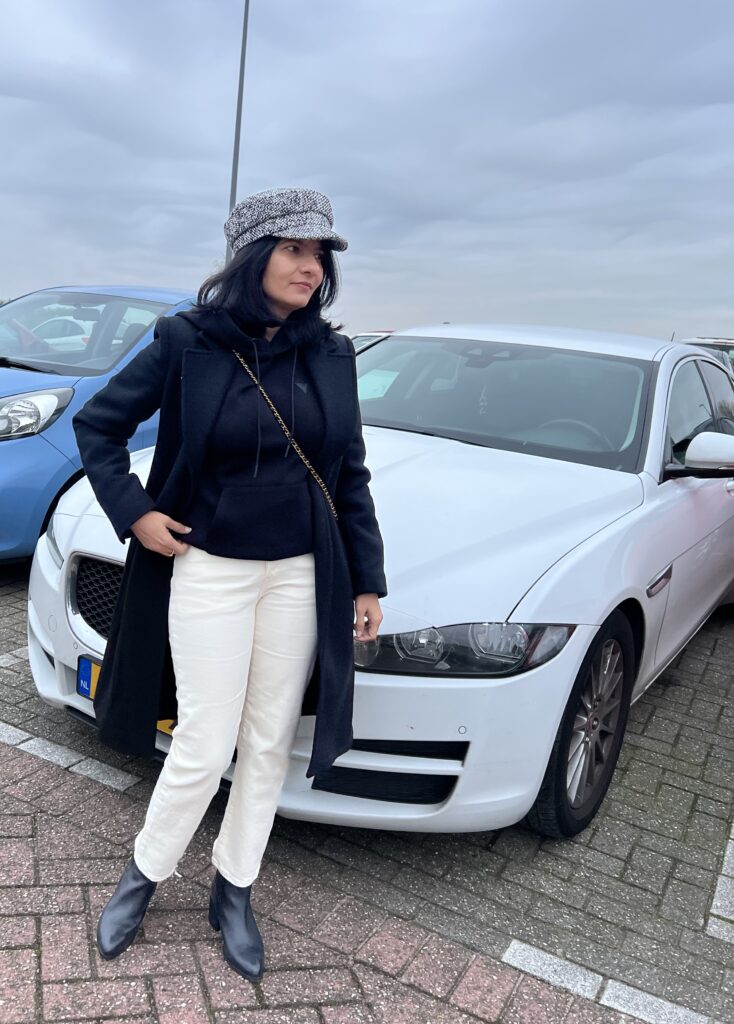
9. Renting a car if you are visiting
If you are visiting from another EU country or the UK, you might want to bring your own car and that’s also a good option. Alternatively, if you are coming from outside of EU you can easily rent a car at the Schiphol airport, if you are flying to the Netherlands. I would advise to rent the car beforehand and make sure it’s a reputable company and you have insurance that covers for you and anyone else who will be driving. Although, I’ve not rented yet, these are a few I have heard good reviews about. I also recommend to check for any damage before you take the car from rental. You don’t want to pay for any damages you didn’t cause while returning the car. Mywheels, zipcars, snapcar and Sharenow are some of the popular apps if you need to rent a car on an hourly basis.
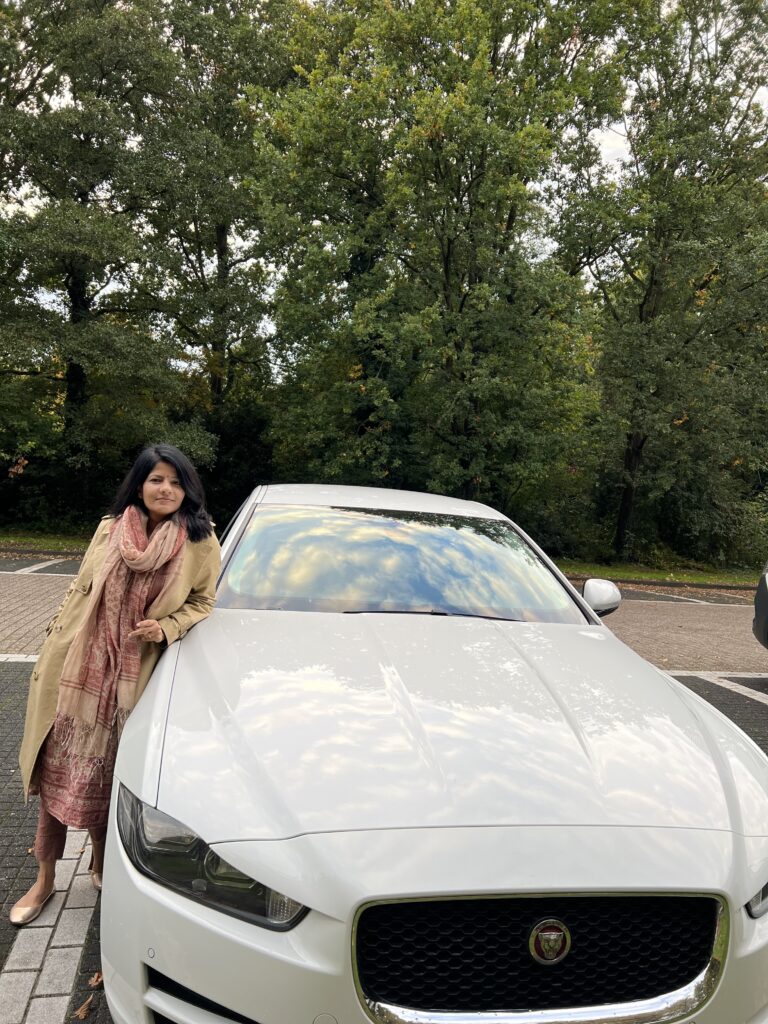
10. Car lease / buying options if you are staying long term
If you plan to stay for longer duration than just a couple of months you can also lease a car. The terms will depend on your employment contract or the monthly income. If you lease a car though then the Insurance, roadside assistance, services and road tax will be included in the lease amount. All you need to pay is for the fuel.
Plan to purchase a car? Then you’ll need to buy insurance, pay road tax depending on the car and municipality. If you buy a fully electric car there’s a subsidy as well as no road tax. However if you are getting a hybrid or a fossil fuel there is a road tax depending on the size of the car. I would highly recommend purchasing roadside assistance if it’s not already included in the insurance. They will help you tow away the car to a nearby mechanic as well as assist you to get a conveyance. ANWB comes highly recommended(They also have car renting, leasing and insurance options). Without roadside assistance, for any car trouble on the road there can be hefty charges from the government for towing and other assistance. You should also make sure to not run out of fuel on the highways. It’s considered negligence on your part and there’s penalty on it. 🙂
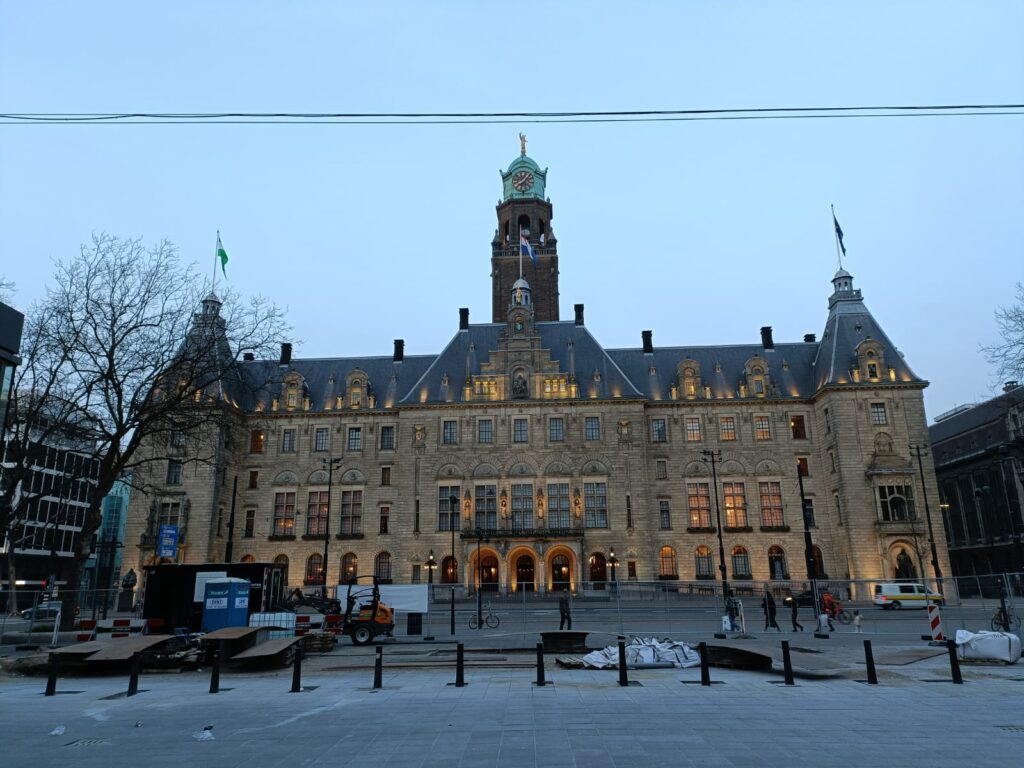
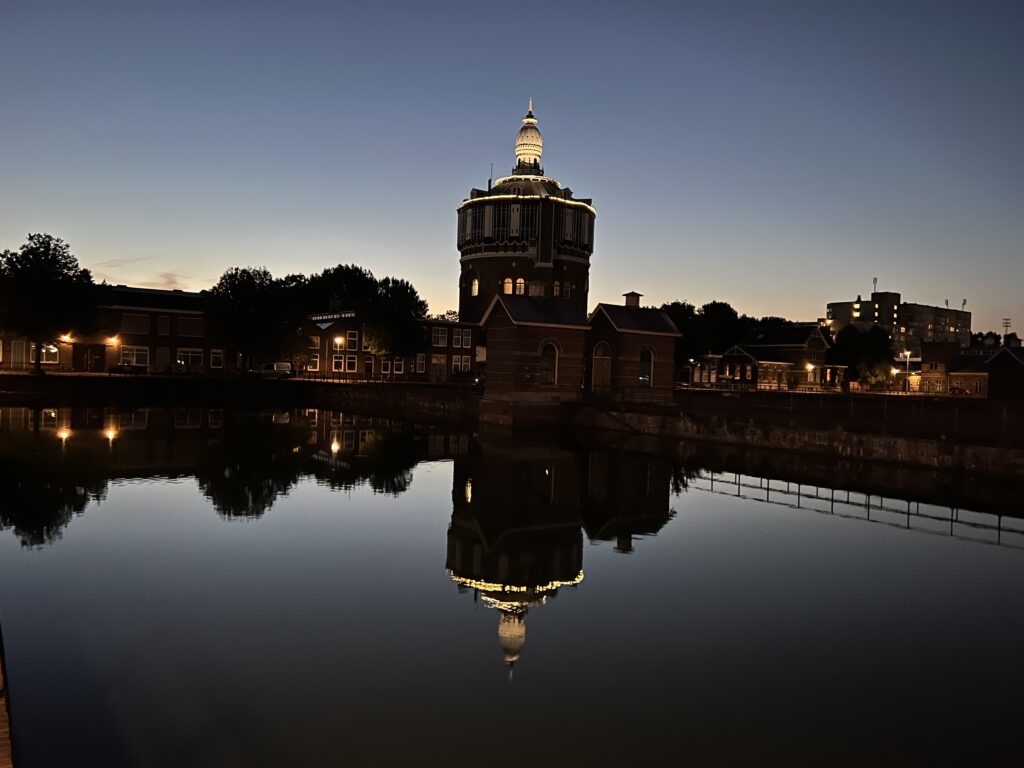
I’ve had fun driving around the Netherlands and will soon be visiting other countries in Europe. I hope you found the tips useful and wish you a wonderful road trip. If there are any questions or anything you would like to add please feel free to drop a comment below. You can also check my post about my recent trip to Groningen.
Ciao!
